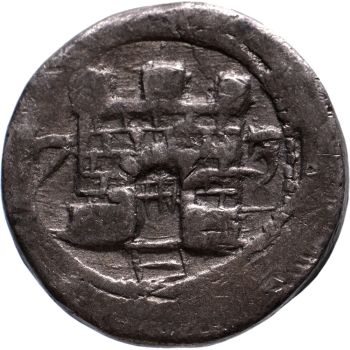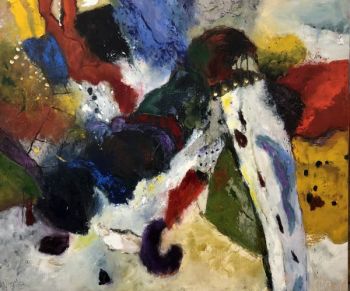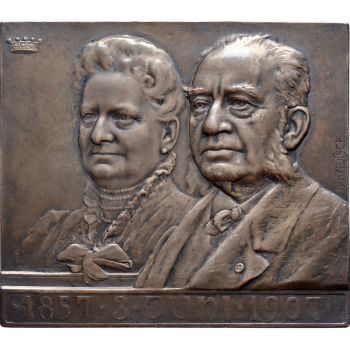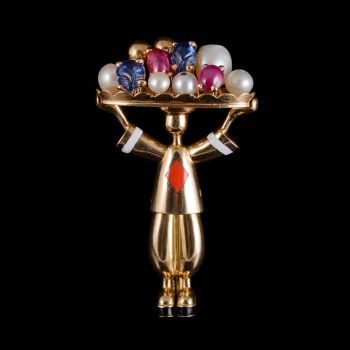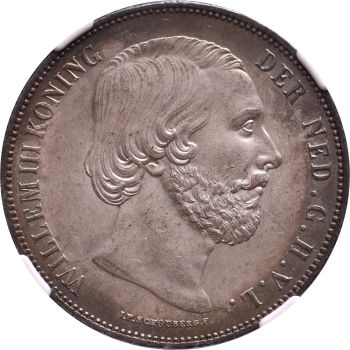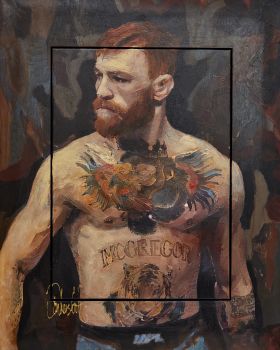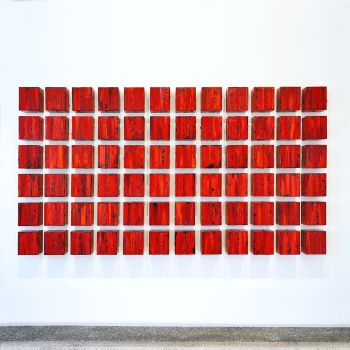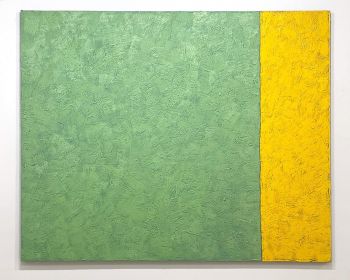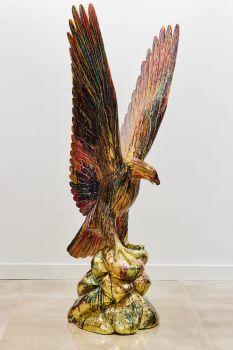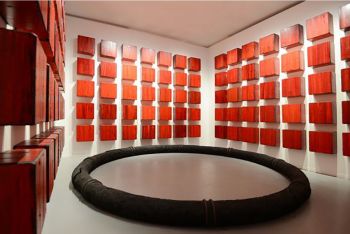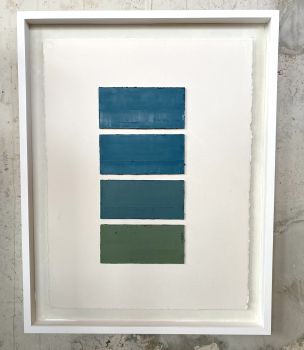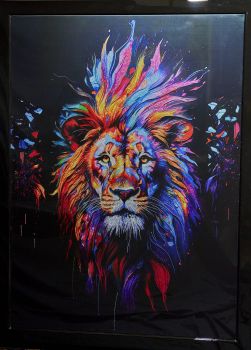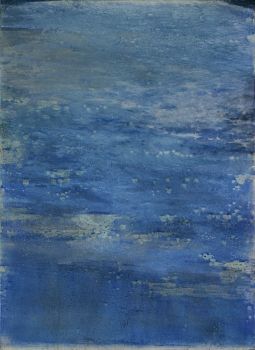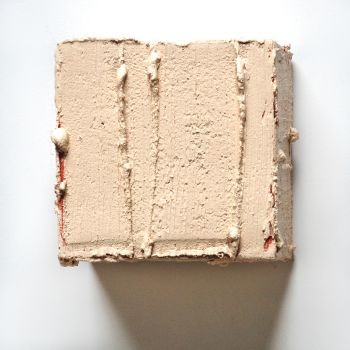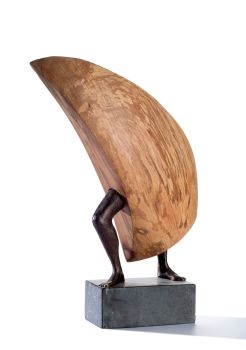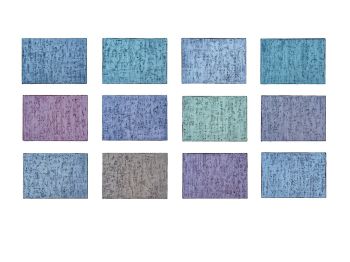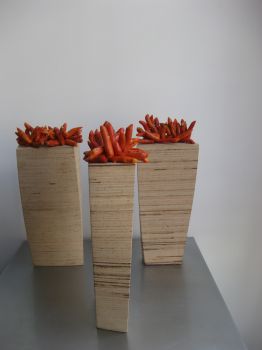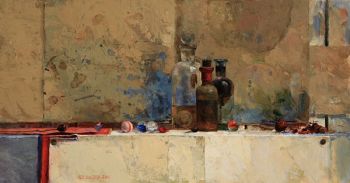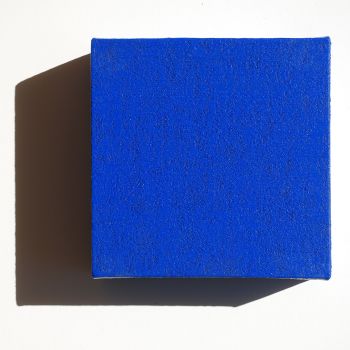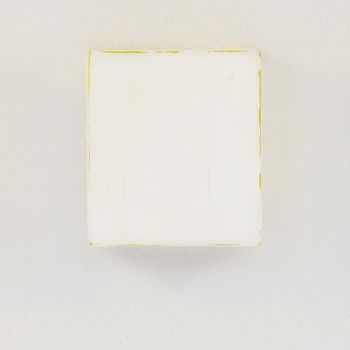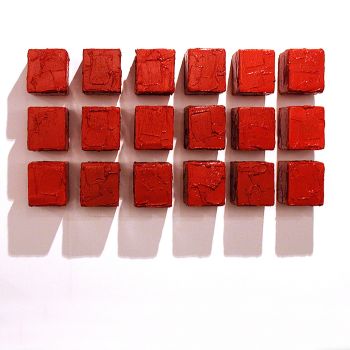A Dutch Chinoiserie pinewood polychrome lacquered cabinet on stand 1650 - 1700
Artiste Inconnu
BoisLaque
218 ⨯ 140 ⨯ 56 cm
Prix sur demande
Zebregs & Röell - Fine Art - Antiques
- Sur l'oeuvre d'art
Holland, late 17th century, with some later overpaintings
H. 218 x W. 140 x D. 56 cm
Provenance:
Collection Oprah Winfrey, Fisher Island, Miami
At the end of the 17th century, European lacquer art, as an attempt to imitate imported Japanese and Chinese lacquer art, started in Holland and England but rapidly spread to other European countries. If European lacquer art sought to imitate East Asian lacquer art, this was not very successful. First of all, the essential raw material for East-Asian lacquer work, the resin of the Rhus verniciflua tree, did not exist in Europe and raw lacquer could not be exported to Europe because it did not survive the long sea journey. Once dried, it is impossible to dissolve.
This meant that European lacquer workers had to work with inadequate materials. However, they quickly learned to develop suitable substitutes: spirit-lacquer/varnish and, even better, linseed oil-lacquer. Secondly, the Chinese and particularly the Japanese decorations were not well understood, so European lacquer workers developed their own decoration style, combining elements of Asian and European decorative styles, which also had to be adapted to the form of European furniture, such as the presented Dutch-shaped cabinet. This cabinet is an excellent example of high-quality lacquer work in the Netherlands in the late 17th century. In the 18th century, lacquerwork was made successfully in several European workshops. Even in the 19th century, this type of cabinet was still fashionable, so they were often restored (read: overpainted). Fortunately, this cabinet only has some small 19th-century additions to the decoration.
Source:
Monika Kopplin, European Lacquer, Hirmer Verlag, Munich, 2010 - Sur l'artiste
Il peut arriver qu'un artiste ou un créateur soit inconnu.
Certaines œuvres ne doivent pas être déterminées par qui elles sont faites ou elles sont faites par (un groupe d') artisans. Les exemples sont des statues de l'Antiquité, des meubles, des miroirs ou des signatures qui ne sont pas claires ou lisibles, mais aussi certaines œuvres ne sont pas signées du tout.
Vous pouvez également trouver la description suivante :
•"Attribué à …." A leur avis probablement une oeuvre de l'artiste, au moins en partie
•« Atelier de …. ou « Atelier de » À leur avis, une œuvre exécutée dans l'atelier ou l'atelier de l'artiste, éventuellement sous sa direction
•« Cercle de… ». A leur avis une oeuvre de la période de l'artiste témoignant de son influence, étroitement associée à l'artiste mais pas forcément son élève
•« Style de … ». ou "Suiveur de ...." Selon eux, une œuvre exécutée dans le style de l'artiste mais pas nécessairement par un élève ; peut être contemporain ou presque contemporain
•« Manière de… ». A leur avis une oeuvre dans le style de l'artiste mais d'une date plus tardive
•"Après …." A leur avis une copie (quelle qu'en soit la date) d'une oeuvre de l'artiste
•« Signé… », « Daté… ». ou « Inscrit » À leur avis, l'œuvre a été signée/datée/inscrite par l'artiste. L'ajout d'un point d'interrogation indique un élément de doute
• "Avec signature ….", "Avec date ….", "Avec inscription …." ou "Porte signature/date/inscription" à leur avis la signature/date/inscription a été ajoutée par quelqu'un d'autre que l'artiste
Êtes-vous intéressé par l'achat de cette oeuvre?
Artwork details
Related artworks
- 1 - 4 / 12
Paulus Franciscus Kromjong
Fleurs devant Arearea Aka (joie) par Gauguin '20th century
Prix sur demandeZebregs & Röell - Fine Art - Antiques
Artiste Inconnu
Japanese transition-style lacquer coffer 1640 - 1650
Prix sur demandeZebregs & Röell - Fine Art - Antiques
Artiste Inconnu
A silver spoon commemorating Juff’ Margareta van Hoorn1656 - 1694
Prix sur demandeZebregs & Röell - Fine Art - Antiques
Artiste Inconnu
A Surinam-themed Amsterdam long-case clock1746 - 1756
Prix sur demandeZebregs & Röell - Fine Art - Antiques
 Sélectionné par
Sélectionné parGallerease Magazine
Artiste Inconnu
UN PLAT EN ARGENT LOBBED INDONÉSIEN INSOLITElate 17th
Prix sur demandeZebregs & Röell - Fine Art - Antiques
1 - 4 / 20Artiste Inconnu
UN RARE GRAND TÉLESCOPE EN CUIR LAQUÉ JAPONAIS1750 - 1800
Prix sur demandeZebregs & Röell - Fine Art - Antiques
 Sélectionné par
Sélectionné parDanny Bree
1 - 4 / 24- 1 - 4 / 24
Artiste Inconnu
The Stamford Raffles Secretaires.1800 - 1813
Prix sur demandeZebregs & Röell - Fine Art - Antiques
Artiste Inconnu
An Indian part-gilt silver-clad ceremonial sceptre or mace with a tiger’s head1850 - 1900
Prix sur demandeZebregs & Röell - Fine Art - Antiques
 Sélectionné par
Sélectionné parDanny Bree
1 - 4 / 12












